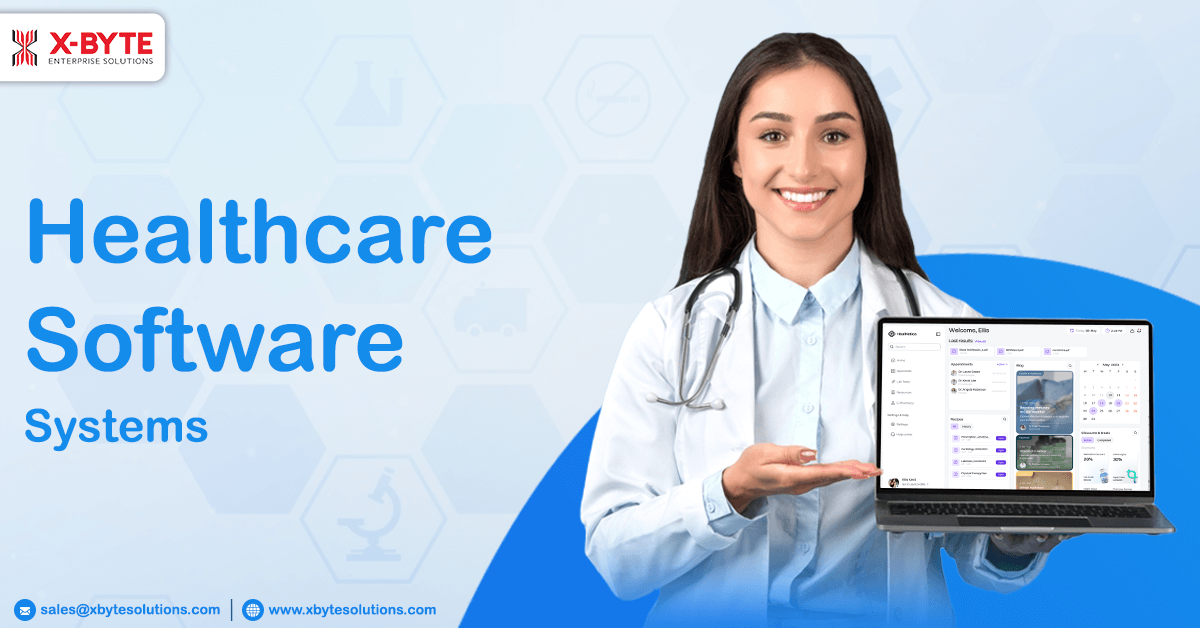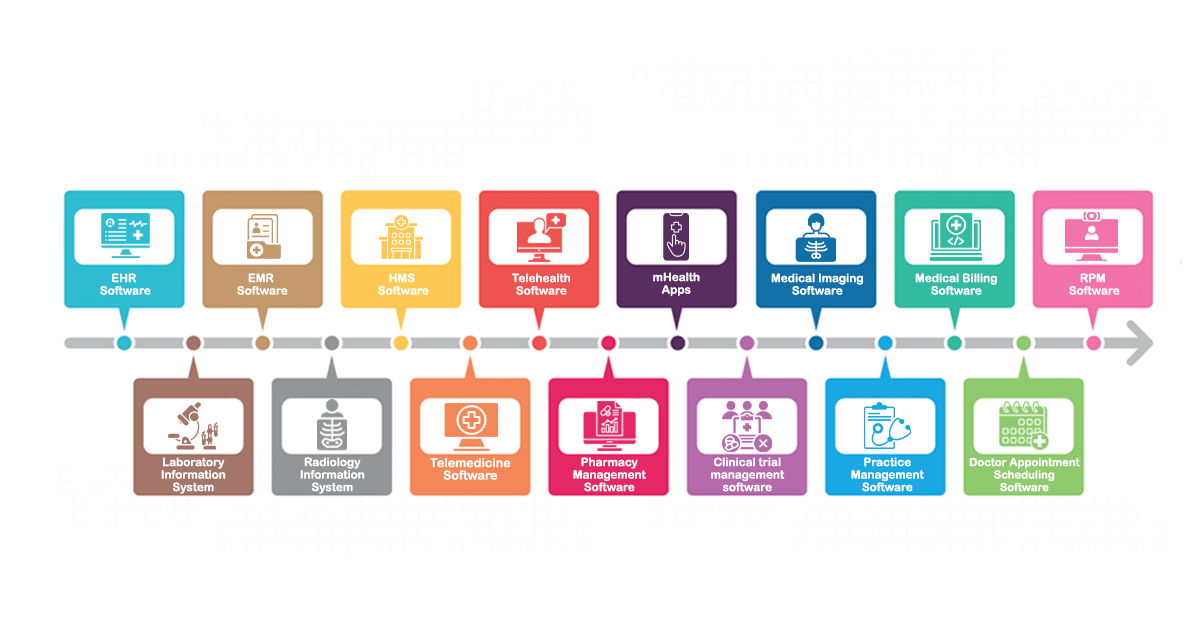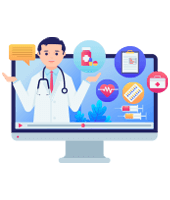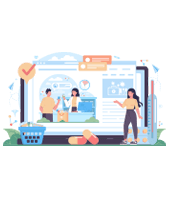-
solutinos
-
Hire
Frontend Developer
Backend Developer
-
NodeJS Developer
-
Java Developer
-
Django Developer
-
Spring Boot Developer
-
Python Developer
-
Golang Developer
-
Ruby on Rails Developer
-
Laravel Developer
-
.NET Developer
Technology
-
Flutter Developer
-
React Native Developer
-
Xamarin Developer
-
Kotlin Developer
-
Cross-Platform Developer
-
Swift Developer
-
MongoDB Developer
-
C Developer
-
Smart Contract Developers
Cloud
-
-
Services
Mobile Development
Web Development
- Work
-
Multi Services App
-
Food Delivery App
-
Grocery Delivery App
-
Taxi Cab Booking App
-
Multi Services App
-
OTT Platform APP
-
Social Media APP
-
Freelance Service App
-
Car Rental App
-
Medicine Delivery App
-
Liquor Delivery App
-
Sports Betting App
-
Online Coupon App
-
eLearning App
-
Logistics & Transportation App
-
Courier Delivery App
-
On-Demand Real Estate App
-
E-Wallet APP
-
Online Dating App
-
Handyman Services App
-
-
Process
-
Company

Quick Summary : There is a surge in the adoption, implementation, and usage of healthcare software solutions by medical entities. Hospitals, private clinics, and healthcare practitioners prefer using software applications to ease their workflows and improve treatment outcomes. The most prominent types of healthcare software systems discussed in this post are helping the healthcare industry in improving their topline profits. Healthcare providers using software apps report higher satisfaction levels among patients in terms of quality of care and healthcare service delivery.
Healthcare organizations like large-scale multi-specialty hospitals do not want to waste their time on trivial activities like staff scheduling, patient appointments, medical billing, managing patient records, or pharmacy orders. The shift is towards faster, automated, and digitally enabled care with a focus on healthcare delivery and outcomes (not admin works). Healthcare stakeholders are leaning towards systems that reduce admin work, automate workflows, and help them improve the quality of patient care and experience.
Treatment outcome is a key differentiator in the context of the business side of healthcare. It makes healthcare entities achieve their bottom lines and improve their revenues as more patients will choose a hospital or medical care facility that has better treatment outcomes. Healthcare software solutions help healthcare providers in achieving the best possible treatment outcomes. If you are curious about the most popular healthcare software systems that can digitally transform your healthcare organization then this article is for you.
This article discusses the prominent types of healthcare software solutions used by healthcare providers along with their usage and features.
Let us begin by exploring the reasons behind the surge in the usage of healthcare software applications.
Surge in the Adoption and Implementation of Healthcare Software Systems
Earlier healthcare software systems were considered to be a financial burden, an optional privilege, or a resource-intensive asset that could be avoided. However, today the myth has been debunked. Improved treatment outcomes, reduced cost of care, and better than competitors' top-line growth are a few of the many reasons that healthcare providers are now not hesitant to invest in these systems. Electronic health records systems, medical billing software, and telemedicine software are now household software types for hospitals and clinics.
Even the adoption of more sophisticated healthcare software types with AI, ML, cloud computing, and even blockchain integration is now not as adventurous activity as it used to be in the early 2000s. The management boards of medical facilities and healthcare organizations do not resist the implementation of new healthcare technologies as they used to do earlier. In fact they are more open towards the need to get rid of legacy systems and accept the latest healthcare technologies and software applications.
“Many of the uses for which we have been looking for decades are here and are in our hands,” says David Graham, chief medical information officer at LifeBridge Health in an interview given to HealthTech Magazine.
The dramatic surge in the use of technologies and software applications can be attributed to the need for cost-efficiency, better patient outcomes, competitive pressures, and increasing government regulations.
Below are the most widely used types of healthcare software solutions.
Prominent Types of Software Used in Healthcare Industry

EHR software (Electronic Health Records)
EHRs that were first introduced in 1962 were initially used by the government only in collab with healthcare organizations. EHRs became prominent when in 1996 HIPAA (Health Insurance Portability and Accountability Act) was introduced as healthcare entities moved from paper practices to electronic health records that are easier to track, share, and store. With appropriate security measures and authorization levels, these records are also hard to steal. EHR software is an application that keeps the digital version of the patient’s health records, forms, discharge summaries, test results, etc. all in one centralized system. EHR software provides quick access to all patient records with a click (you see now doctors and nurses keeping a tablet with them). These systems keep health records more organized than paper files would do.
3/4th of healthcare professionals surveyed by the American Medical Informatics Association say the time required for clinical documentation impedes patient care. Generative AI-enabled EHRs can solve this challenge. There is EHR software that when integrated with AI, can listen to physicians and patients and draft clinical notes.
EMR software (Electronic Medical Records)
A software app that keeps the digital version of the paper charts that people fill at hospitals, clinics, or labs. These records may contain info on patient vitals like blood pressure at the time of admission or consultation, weight, and temperature. A key difference between EMRs and EHRs is that EMRs are mostly used within hospital patient visits and are not meant for sharing with other healthcare providers. For second opinion sharing, EHRs are used. EHRs have more comprehensive info on patients’ health and therefore are used to share for gaining specialist opinion or second consultations.
Health care generates 19 terabytes of clinical data annually in the US alone. You need EMRS or EHRs to store patient’s medical data. The choice of EHR or EMR depends on what type of healthcare service you provide. For example, if you are an eye specialist, an EMR is what you will need. But if you are a multi-specialty hospital and you need to work with multiple other specialists or providers then you will benefit from EHRs. The decision depends on the type of medical practice.
HMS software (Hospital Management System)
Hospitals have intensive workflows and multiple departments. A multispecialty hospital has an Outpatient department (OPD), inpatient department (IPD), labs, ICU, Operation Theatres, Radiology, and imaging department, pharmacy, accounting, etc. Then there are workflows like patient registration and scheduling, bed management, discharge management, store and inventory management, claims management, and many more. All these departments and associated workflows can be managed with a hospital management system (HMS). These comprehensive systems are multi-module software applications that have all features from billing management to clinical reporting and staff payroll.
In May 2024 alone, a total of 44 data breaches were reported by healthcare entities affecting 5554746 individuals including patients and healthcare providers as per the US Department of Health and Human Services. Such incidents tell us how important it is to safeguard healthcare software solutions from cyberattacks. Healthcare organizations should hire healthcare software development companies that are well-versed in protecting personally identifiable information with multi-layered security measures.
Telehealth software
Telehealth software is a solution for virtual healthcare delivery. The features include online consultation booking, patient queue management, virtual waiting rooms, one-to-one chat (doctor-patient), video conferencing, mediation handling, HIPAA compliance, and many more. Telehealth software applications got their biggest-ever growth due to the pandemic and since then, the growing awareness of these systems and their reliability during critical times has been the drivers for their exponential growth. Remember, if you develop your Telehealth software and collect patient data, you need to be careful how to store and use it. Patient privacy data laws are now very strict. Recently a Telehealth Firm was fined $7 million for disclosing patient data for advertising purposes.

Need a custom software application for your healthcare facility?
Contact Us now! Contact Us now!mHealth apps (mobile health)
Mobile health applications or mHealth apps are a type of healthcare app designed to deliver healthcare, treatment, and lifestyle services via smartphones. These apps range from fitness tracking and sleep monitoring to nutrition monitoring and meditation apps. Some mHealth apps are disease-specific like apps for diabetic patients that monitor glucose levels or pain management apps with medication or physiotherapy modules. Then other categories of the mHealth app deal with addictions, depression, anxiety, and other mental ailments. These apps may have modules for cognitive behavior therapy, self-help tools, etc.
Medical Imaging Software
Medical imaging creates visual representations or impressions of the interior of a body for clinical analysis, diagnostics, and medical intervention. X-ray, CT Scan, MRI, PET, and SPECT, all work with medical imaging tech. Medical imaging software has capabilities to process and analyze medical images and undertake tasks such as image reconstruction, segmentation, and visualization. The technology is making strides with the integration of AI, VR, and AR. Medical imaging techniques like nuclear imaging (patients ingest radioactive materials before radiology) have become very sophisticated.
Medical Billing Software
Hospital billing is different from other industries. A core difference is that hospital bills and invoices are up for scrutiny from the insurance companies and therefore the bifurcation of prices, and billing clarity is expected to be high. Also, as billing is not a core operation of the hospital, they cannot spend much time on billing activities. A medical billing software rescues them. It is a software application that has modules for patient info, claims management, billing and invoicing, payment processing, and payment records storage. These software also have integrated payment gateways that allow patients to pay their bills via multiple payment methods. More comprehensive medical billing systems provide robust reporting and insights into revenue trends and the financial performance of healthcare providers.
Remote Patient Monitoring (RPM) software
‘Hospital at Home’ is a new development with patients at the center. It is certainly the ‘extension’ or ‘an improved version’ of home care where hospitals, doctors, and pharmacies get decentralized to provide treatment to patients in their homes. This is made possible with remote patient monitoring systems, medical-grade wearables embedded with sensors, and data exchange through the RPM systems. The RPM software has features for real-time patient vital tracking and reporting, IoT-enabled medical device integrations and data collection, and patient data security features. By 2025, over 70 million patients in the USA will use remote patient monitoring devices.
Laboratory information system (LIS)
Medical Labs and their testing departments like pharmacogenomics, toxicology, hematology, pathology, etc. can use LIS software to manage patient data in their lab. The system simplifies the input and storing of data like patient name, age, test advised by (name of the physician), specimen taken, test results, and payment status. The laboratory information system eases the lives of lab professionals by reducing manual entries and by automated generation of lab reports.
The global LIS system market is poised to grow at 10.8% CAGR reaching $4 billion in revenue by 2028.
Radiology Information System (RIS)
A radiology department handles core tasks like medical imaging and subsidiary tasks like scheduling, billing, and reporting. Radiology information systems (RIS) are software applications that ease both types of tasks and other associated operations with extensive feature sets useful for radiology departments and imaging centers. RIS is specific to radiology and works alongside Picture Archiving and Communications Systems (PACS) to optimize imaging processes. RIS systems must align with industry-specific healthcare data standards such as Health Level 7 (HL7) and Digital Imaging and Communications in Medicine (DICOM) for interoperability and exchange of information with other systems.
Telemedicine Software
As per WHO guidelines on Telemedicine, the use of communication technologies for delivering healthcare is telemedicine. The use of telemedicine is promoted where ‘distance’ or ‘mobility’ are the critical factors that hamper the delivery of healthcare services. For example, a patient situated in a remote area who is unable to reach the hospital due to distance or a patient who is immobile and currently cannot be carried to the hospital. Even in cases of extremely contagious diseases, telemedicine can be very beneficial. Telemedicine software is an application that helps doctors and healthcare providers in enabling telemedicine services.
The software has features for secure virtual consultation, patient health data records, prescription management, medicine reminder alerts and notifications, payment processing, etc. Telemedicine software integrated with patient wearables can directly receive patient vitals info in real-time and help physicians in deciding the course of treatment.
Discover how integrating Telemedicine software can expand your patient reach.
Pharmacy Management Software
Pharmacies have a lot to manage from billing, organizing drug variants, and handling pharmacy counters during rush hours. A pharmacy management software has integrations and modules for e-prescriptions, inventory management, billings and payment processing, and dispensing management. The software also generates barcodes for easy labeling of pharma stocks.
The software reduces the need for manual entry of the sales side and automates the accounting process. This helps in audit compliance. The inventory management capabilities of pharmacy management software help in tracking the top-selling pharma products and automate the reorders for restocking them.
Clinical trial management software
Pharma companies, life science companies, and medical research organizations conduct clinical trials before launching or introducing a new drug or treatment in the market. These trials are subjected to a number of protocols, medical compliance requirements, and security standards. FDA can issue civil monetary penalties for non-compliant clinical trials.
Clinical trial management software (CTMS) assists the researchers involved in clinical trials in managing the end-to-end processes involved in clinical trials. It has features like data management, clinical research documentation, secure access to ongoing research, test subject management, compliance management, and many more. It is a platform that keeps all stakeholders (researchers, sponsors, regulatory bodies, medical boards, approving authorities) etc in the loop of all activities.
Practice Management Software
When it comes to managing clinics, practitioners have to struggle with patient scheduling, billing, reporting, and other clinic management workflows. Practice management software is a solution that helps clinicians and physicians manage their daily tasks and improve their practice with a single software that comes with features like virtual sessions, patient appointment management, calendar management, clinical notes, rescheduling, billing and payment processing, patient messaging and automated emails, and reminder notifications.
Doctor Appointment Scheduling Software
Appointment scheduling software for busy medical practitioners are an indispensable tool to avoid the front office crowd and save the valuable time of doctors. Without these apps, there can be either no crowd at certain times or an extreme rush at others. The appointment schedule software can manage no-shows and cancellations in a better way to maximize per per-hour revenue of doctors. Booking consultations (both in-office and virtual), appointment notifications, rescheduling, cancellations, online payments, no-show management, and appointment reminder notifications and emails are key features of appointment scheduling software.
Curious about how healthcare software solutions can benefit your medical facility?
Contact Us for a Free Consultation! Contact Us for a Free Consultation!Others:
The above list of types of healthcare software is not exhaustive. There are many more healthcare software systems that providers use for varying purposes. Some of the other prominent types of software used in the healthcare industry include medical equipment management software, medical diagnosis software, medical research software, medical database software, and healthcare RCM software solutions.
Benefits of Using Healthcare Software Solutions
| For Patients | For Providers |
|---|---|
|
|
Conclusion
Your objective can be anything from the digital transformation of your healthcare entity or value creation in terms of increased efficiency, better patient outcomes, and top-line growth. But one thing is sure. By deploying any of the healthcare software systems discussed in the article above you will get multi-dimensional benefits.
Whether you want standalone healthcare solutions or integrated ones, choose a reputed healthcare software development solutions provider for building custom healthcare apps for your organization.
Frequently Asked Questions
-
What are the compliance requirements for
healthcare software systems?
Healthcare software systems are subject to stringent compliance requirements to ensure the protection of patient data and adherence to industry regulations. Some of the key compliance standards include HIPAA (Health Insurance Portability and Accountability Act) for data security and privacy, HITECH (Health Information Technology for Economic and Clinical Health Act), DICOM (Digital Imaging and Communications in Medicine) standards, HITRUST (Health Information Trust Alliance) and HL7 (Health Leven 7) standards for transfer of clinical and administrative health data.
-
How to choose the right healthcare software
for your purpose?
Choosing the right healthcare software for your healthcare organization or private medical facility or clinic requires careful consideration of your objectives, service focus, compliance requirements, workflow analysis, and care needs. For instance, if virtual consultation is your primary activity, you will need telemedicine or remote patient monitoring software. You can get features of both types of healthcare solutions into one by custom-building it. Once you decide on which healthcare system is required for your purpose, focus on choosing the best healthcare software development solution provider to get your healthcare software custom-built.
-
What are the types of healthcare software deployment models?
Healthcare software solutions can have on-premise, web-based, cloud-based, or open-source deployment. However, cloud-based healthcare software solutions are the safest, easily scalable, and easy to access from anywhere.
-
What are the latest trends in healthcare software development?
Interoperability, data security and counter-cyber attack measures, focus on patient experience and integration of advanced technologies are top trends in healthcare software developments. The advanced integrations include AI, VR, MR, Augmented reality, blockchain, chatbots, IoT, and wearables. Apart from these, there is a growing focus on healthcare analytics to improve business and patient care outcomes.
